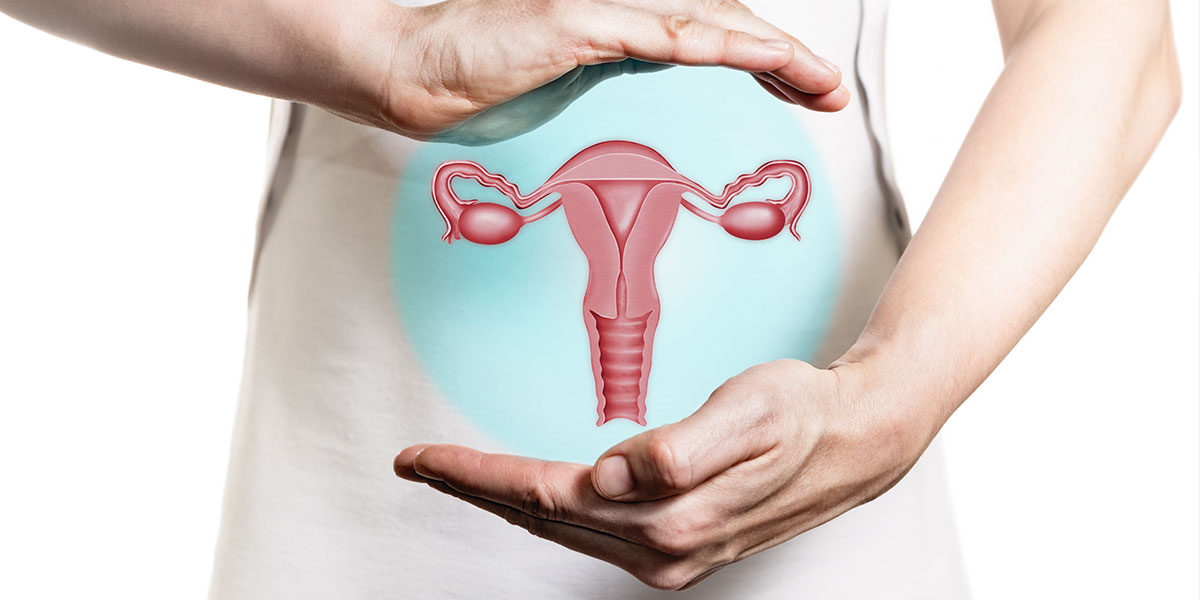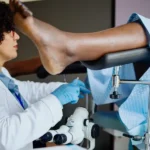Vulvar cancer, though relatively rare compared to other gynecological malignancies, is a significant health concern for women worldwide. This type of cancer affects the external female genitalia, including the labia, clitoris, and vaginal opening. While vulvar cancers can occur at any age, they are most commonly diagnosed in older women. Understanding the risk factors, symptoms, diagnosis, and treatment options for vulvar cancers is essential for early detection and effective management. In this comprehensive guide, we delve into the complexities of vulvar cancers, shedding light on the key aspects of this disease and its impact on women’s health.
Understanding Vulvar Cancers:
Vulvar cancer is a malignant tumor that originates in the tissues of the vulva, which is the outer part of the female genitalia. Most vulvar cancers are squamous cell carcinomas, which develop from the thin, flat cells that line the surface of the vulva. Less commonly, vulvar cancers can arise from other types of cells, such as melanocytes, sweat glands, or Bartholin’s glands. Vulvar cancers are classified based on their histological subtype, including squamous cell carcinoma, adenocarcinoma, melanoma, and others.
Risk Factors for Vulvar Cancers:
Several factors increase the risk of developing vulvar cancer:
- Age: Vulvar cancer is more common in older women, with the majority of cases diagnosed in women over the age of 50. However, it can occur at any age, including in younger women.
- Human Papillomavirus (HPV) Infection: Persistent infection with high-risk strains of HPV, particularly HPV types 16 and 18, is a significant risk factor for vulvar cancer. HPV is transmitted through sexual contact and can lead to the development of precancerous lesions on the vulva.
- Smoking: Tobacco use is associated with an increased risk of vulvar cancer, as smoking can introduce carcinogens into the body and weaken the immune system’s ability to fight off HPV infections and other cancer-causing agents.
- Immunosuppression: Individuals with weakened immune systems, such as those with HIV/AIDS or organ transplant recipients taking immunosuppressive medications, are at higher risk of developing vulvar cancer due to impaired immune surveillance and control of HPV infections.
- Vulvar Intraepithelial Neoplasia (VIN): Vulvar intraepithelial neoplasia refers to precancerous changes in the cells of the vulva that can progress to invasive vulvar cancer if left untreated. VIN is often associated with HPV infection and other risk factors.
Symptoms of Vulvar Cancers:
Vulvar cancer can present with various symptoms, including:
- Persistent Itching or Pain: Persistent itching, burning, or discomfort in the vulvar area that does not improve with over-the-counter treatments may be a sign of vulvar cancer.
- Abnormal Vulvar Bleeding: Unexplained vaginal bleeding, especially after sexual intercourse or menopause, can indicate the presence of vulvar cancer.
- Visible Changes in the Vulva: Visible changes in the appearance of the vulva, such as lumps, bumps, ulcers, or sores that do not heal, should be evaluated by a healthcare provider, as they may be indicative of vulvar cancer.
- Painful Intercourse: Pain or discomfort during sexual intercourse (dyspareunia) can occur in women with vulvar cancer, particularly if there is involvement of the vaginal opening or surrounding tissues.
- Enlarged Lymph Nodes: In advanced cases of vulvar cancer, the cancer may spread to nearby lymph nodes in the groin, causing swelling or palpable lumps.
Diagnosis of Vulvar Cancers:
Diagnosis of vulvar cancer typically involves a combination of clinical evaluation, imaging studies, and biopsy:
- Physical Examination: A healthcare provider will perform a thorough physical examination, including a pelvic exam and visual inspection of the vulva, to assess for any abnormalities or suspicious lesions.
- Biopsy: If a suspicious lesion is identified, a biopsy may be performed to obtain a tissue sample for histological examination. The biopsy can confirm the presence of cancer cells and determine the histological subtype of vulvar cancer.
- Imaging Studies: Imaging studies, such as ultrasound, computed tomography (CT), magnetic resonance imaging (MRI), or positron emission tomography (PET), may be used to assess the extent of the cancer and evaluate for the presence of metastases.
- Lymph Node Evaluation: Evaluation of nearby lymph nodes, typically through imaging studies or lymph node biopsy, is important for staging and determining the spread of vulvar cancer.

Treatment of Vulvar Cancers:
Treatment of vulvar cancer depends on various factors, including the stage of the cancer, the histological subtype, and the patient’s overall health and preferences. Treatment options may include:
- Surgery: Surgery is the primary treatment for early-stage vulvar cancer and may involve removing the cancerous lesion (lumpectomy) or the entire vulva (vulvectomy). Lymph node dissection may also be performed to remove nearby lymph nodes affected by cancer spread.
- Radiation Therapy: Radiation therapy uses high-energy beams to target and destroy cancer cells. It may be used as a primary treatment for vulvar cancer or in combination with surgery to reduce the risk of cancer recurrence.
- Chemotherapy: Chemotherapy involves the use of powerful drugs to kill cancer cells or stop them from growing. It may be used in combination with surgery and/or radiation therapy for advanced or metastatic vulvar cancer.
- Targeted Therapy: Targeted therapy drugs specifically target cancer cells or their supporting structures, such as blood vessels or growth factors. Targeted therapy may be used in combination with other treatments for advanced or recurrent vulvar cancer.
- Immunotherapy: Immunotherapy drugs stimulate the body’s immune system to recognize and attack cancer cells. Immunotherapy may be used as a treatment option for advanced vulvar cancer that has not responded to other treatments.
Conclusion:
Vulvar cancer is a relatively rare but serious condition that affects women’s health and well-being. Understanding the risk factors, symptoms, diagnosis, and treatment options for vulvar cancer is essential for early detection and effective management. By raising awareness about vulvar cancer and its impact on women’s health, healthcare providers and individuals alike can work together to improve outcomes, reduce stigma, and promote timely intervention for this disease. With advances in screening, diagnosis, and treatment, the prognosis for vulvar cancer continues to improve, offering hope for women affected by this condition.



